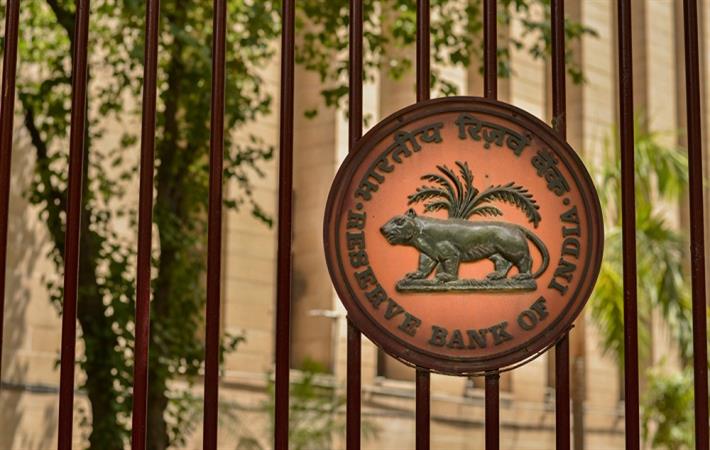The Reserve Bank of India (RBI) will introduce its own version of Central Bank Digital Currency (CBDC) in a phased manner and after carefully considering its impact on various issues, including how it could affect the deposit mobilisation abilities of banks and its potential effect on the conduct of the monetary policy, according to RBI deputy governor T Rabi Sankar.
RBI has been exploring the pros and cons of introducing CBDCs since quite some time, he said. It will also draw upon the lessons from other countries that are in various stages of introducing such a digital fiat currency.The Reserve Bank of India (RBI) will introduce its own version of Central Bank Digital Currency in a phased manner and after carefully considering its impact on various issues, including how it could affect the deposit mobilisation abilities of banks and its potential effect on the conduct of the monetary policy, RBI deputy governor T Rabi Sankar has said.#
“However, conducting pilots in wholesale and retail segments may be a possibility in near future,” Sankar was quoted as saying by Indian media reports.
RBI is now working towards a phased implementation strategy and examining use cases that could be implemented with little or no disruption, Sankar said in an online discussion on the issue organised by the Vidhi Centre for Legal Policy in New Delhi.
RBI would evaluate the scope of CBDCs—whether they should be used in retail payments or also in wholesale payments—and the underlying technology—whether it should be a distributed ledger or a centralised ledger.
Besides, modalities like token-based or account-based validation mechanism, distribution architecture (direct issuance by the RBI or through banks), and what would be the degree of anonymity granted for such CBDCs are also being determined at the RBI.
Fibre2Fashion News Desk (DS)
